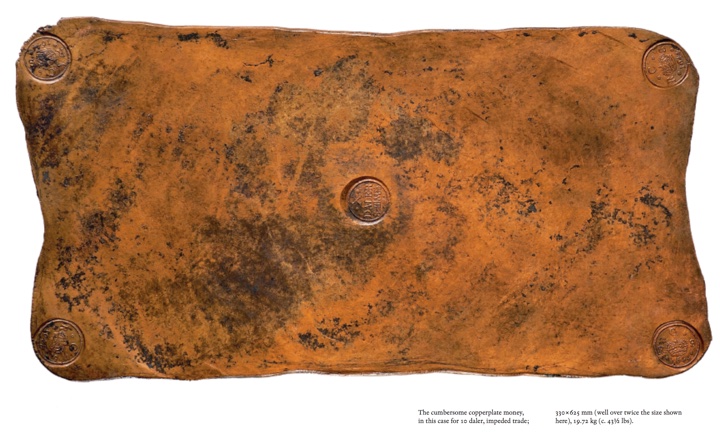
As with the rest of the finance world, I’ve been following the collapse of FTX and Sam Bankman-Fried (SBF). There are many explainers (Matt Levine is my fav, but paywall?), while new details keep emerging. Crypto the newborn currency is growing up and finding out the hard way why traditional finance has all the rules it has. Central bank? FDIC insurance? Independently-audited financials? A board of directors? Not being allowed to buy personal houses with company money and having other expenses approved with emojis? 💸 From the most recent bankruptcy filing and written by the new FTX CEO of less than a week:
Never in my career have I seen such a complete failure of corporate controls and such a complete absence of trustworthy financial information as occurred here. From compromised systems integrity and faulty regulatory oversight abroad, to the concentration of control in the hands of a very small group of inexperienced, unsophisticated and potentially compromised individuals, this situation is unprecedented.
As a fitting follow-up to the idea of timeless financial wisdom, Doomberg (also paywall) brings us historical perspective from Stockholm Banco, which in 1661 was the first European bank to print banknotes. I found this detailed history of Stockholm Banco [pdf] on the website of Sveriges Riksbank. A single person was granted great and unsupervised power to effectively create unlimited currency. What could go wrong?
In 1656, Johan Palmstruch was finally granted the country’s first bank charter by the King of Sweden after multiple rejections. (His proposal only succeeded after he promised half the profits to the Crown.) At the time, people had to use cumbersome copper and silver currency (see above) that fluctuated in value based on industrial demand for those metals. The slab of copper above was “10 dalers” and the size of two sheets of letter paper and weighed 43 pounds!
It was the inconvenience of copper plate money that the exchange bank would remedy. Institutions and the general public could deposit their plate money in the bank in exchange for a receipt, which could then be used in transactions with other parties. This was a great relief for commerce. In the bank charter, Karl X Gustav emphasised ‘the good convenience our subjects thereby obtain, that in this way they are rid of much subtraction and addition, hauling and dragging and other trouble that the copper coin entails in its handling’. The weighty plates boded well for the success of the exchange bank.
A simple piece of paper could now represent any amount of dalers (100 daler note below):

The charter allowed the creation of an exchange bank. People could deposit their slabs of copper and silver at the bank, and instead receive a paper note promising that it could be redeemed back again at any time. Convenient! The charter also allowed the creation of a loan bank. The bank lent out money, and charged interest. The exchange bank and the loan bank were supposed to be separate. But look at all those pretty deposits just sitting there!
The charters treated the exchange bank and the loan bank as separate entities but this was not observed in practice. Although the exchange bank was no more than a depository for its clients’ money, which could be withdrawn without notice, the Bank started to lend its holdings. This state of affairs continued until 1664.
Soon the deposits were all lent out. But people still wanted loans! There was money to be made! If only there was a way to keep the whole things spinning…
Palmstruch found a solution. According to Erik Appelgren, a bank commissioner, ‘Not long afterwards, credit notes became a supplement invented by Herr Director for the shortage of money’. The bank would issue notes declaring that the holder had a claim on Stockholms Banco for a specified sum of money; the Bank would redeem the notes in exchange for cash. […]
This was a novelty in European banking. Earlier attempts to introduce notes had invariably tied them to deposits. Such certificates of deposit could be transferred as a token of value to business associates, who in turn could pass them on in the same way. In contrast, Palmstruch’s notes were not backed by particular deposits; instead, they relied on public confidence that the Bank would redeem them on demand. The system relied on the Bank’s credibility.
Success! Print as much money as you want! Expansion! Even the Crown and other high-ranking officials borrowed money.
Thanks to the credit notes, lending by the Bank ceased to be dependent on deposits. Loans could be provided for as much as the Bank was prepared to issue notes. After a tentative start, the flood gates were opened during 1663. The Crown borrowed 500,000 d km, Chancellor De la Gardie took a total of 255,000 d km for himself, the tar company borrowed 200,000 d km. More and more loans were unsecured. The business flourished; branches were opened in Abo, Falun and Goteborg; in Skane (ceded to Sweden by Denmark in 1658) the three upper Estates requested a separate branch in either Malmo or Landskrona.
What if… something spooked the customers… and people actually wanted all their deposits back?
However, reality soon caught up. On 12 September 1663, Joachim Schuttehielm, a bank secretary, reported to Palmstruch, who was away in Vasteras, that so much money had been withdrawn that the Bank had less than 4,000 d km in ready cash. To make matters worse, a depositor had announced that he wished to withdraw 10,000 d km. Schuttehielm asked Palmstruch to send money as soon as he could but the Director had nothing to send.
The bank collapsed after only six years. During the cleanup, audits revealed tons of missing money. Palmstruch was sentenced first to execution (later reduced to jail), and died only a year after his eventual release.
The Court of Appeal was not impressed. On 22 July 1668 Palmstruch was dismissed as director and sentenced to the loss of his privileges. He was banished for life and ordered to compensate within six months for ‘all the deficiency and shortage in the Bank that can demonstrably be proven’. If he failed to pay what he owed, he would be executed.
Let’s compare to the current FTX situation. Started out with a simple idea and got out of control very fast. FTX is less than 4 years old. Everyone was easily distracted by getting rich, all greased by the political donations and naming rights that spread the money around and the “effective altruism” that the media loved. The power to create unlimited currency for a while – FTX claimed billions of SRM and FTT tokens as assets – essentially things that FTX made out of thin air and knew it. Eventually, the desperate loaning out (aka stealing) of $10 billion in customer deposits to help themselves out of a jam. The panicked discovery. The coming criminal proceedings.
Individual investors are again reminded why FDIC and NCUA insurance exists – counterparty risk is real. It doesn’t matter what you own if you let the wrong place hold it for you.
 People are usually quite eager to share their stories of amazing wealth and riches. If you bought Apple in the early years or Bitcoin at $40, why not mention that at a party? Folks are usually much more quiet about their failures. But you can find such admissions thanks to the anonymous nature of social media. Reading these confessions can hopefully provide a clearer perspective of potential dangers.
People are usually quite eager to share their stories of amazing wealth and riches. If you bought Apple in the early years or Bitcoin at $40, why not mention that at a party? Folks are usually much more quiet about their failures. But you can find such admissions thanks to the anonymous nature of social media. Reading these confessions can hopefully provide a clearer perspective of potential dangers.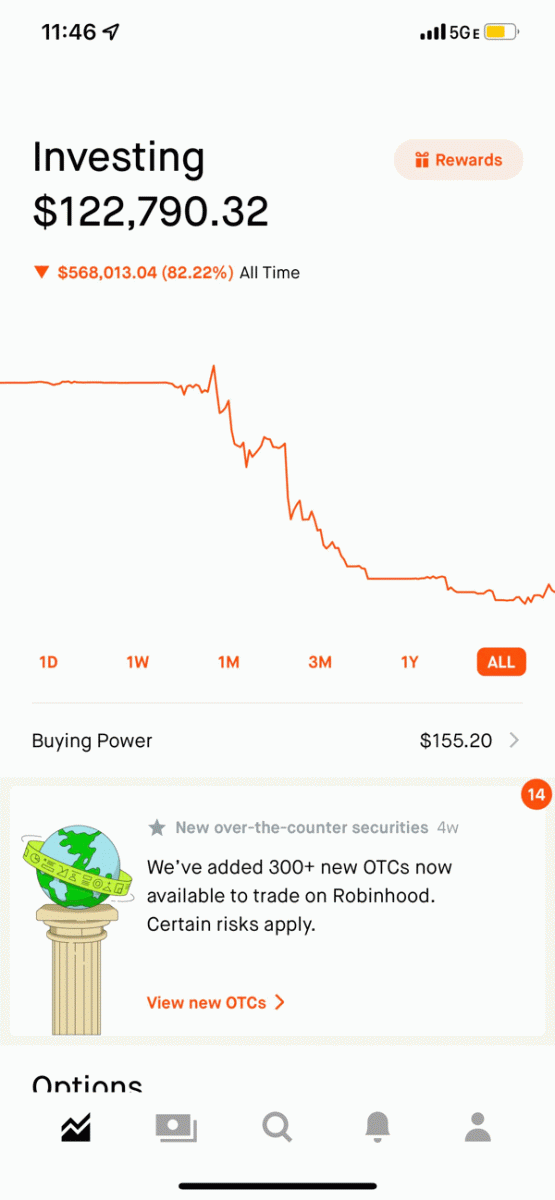

 When I last applied for a credit card, I received multiple e-mails within minutes alerting me that someone had checked my credit report. This was reassuring, and yet I don’t pay any money to a credit monitoring service. This is my custom-made “suite” of free credit monitoring that covers all three major credit bureaus.
When I last applied for a credit card, I received multiple e-mails within minutes alerting me that someone had checked my credit report. This was reassuring, and yet I don’t pay any money to a credit monitoring service. This is my custom-made “suite” of free credit monitoring that covers all three major credit bureaus.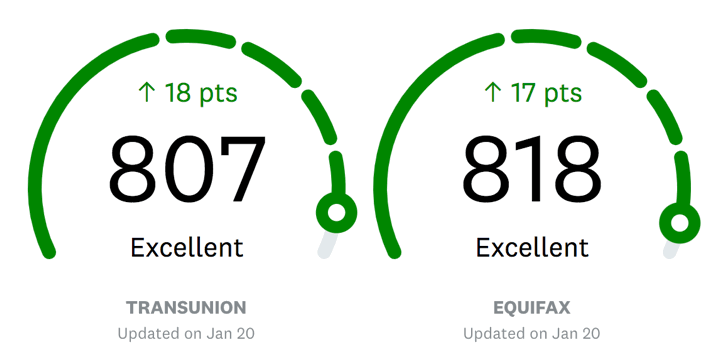
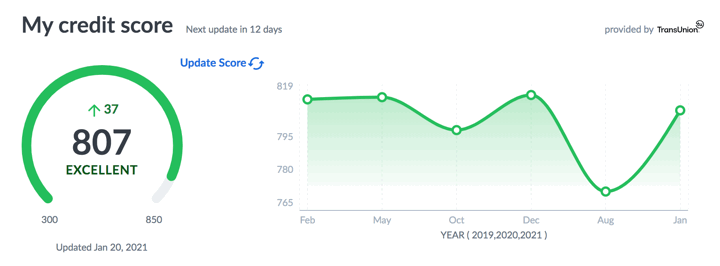
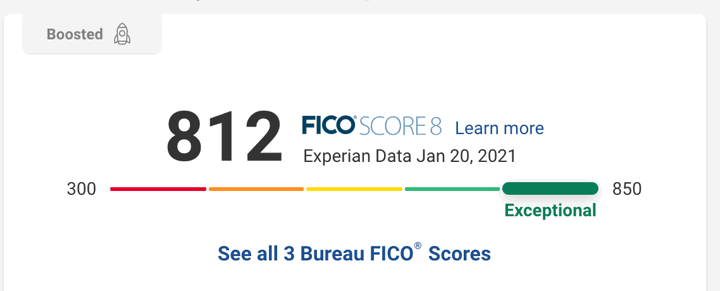
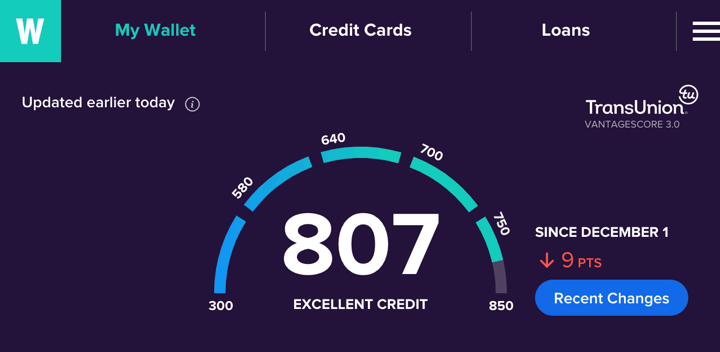

 Mortgage rates have hit another all-time low, with some 30-year fixed rate mortgages below 3% and 15-year fixed below 2.5%. I know that many folks have already refinanced successfully, but these lower rates may offer even more homeowners the ability to lower their payments and/or pay off their home sooner. Importantly, Fannie Mae and Freddie Mac announced an additional 0.5% fee on refinances that was supposed to start on 9/1, but that was just
Mortgage rates have hit another all-time low, with some 30-year fixed rate mortgages below 3% and 15-year fixed below 2.5%. I know that many folks have already refinanced successfully, but these lower rates may offer even more homeowners the ability to lower their payments and/or pay off their home sooner. Importantly, Fannie Mae and Freddie Mac announced an additional 0.5% fee on refinances that was supposed to start on 9/1, but that was just 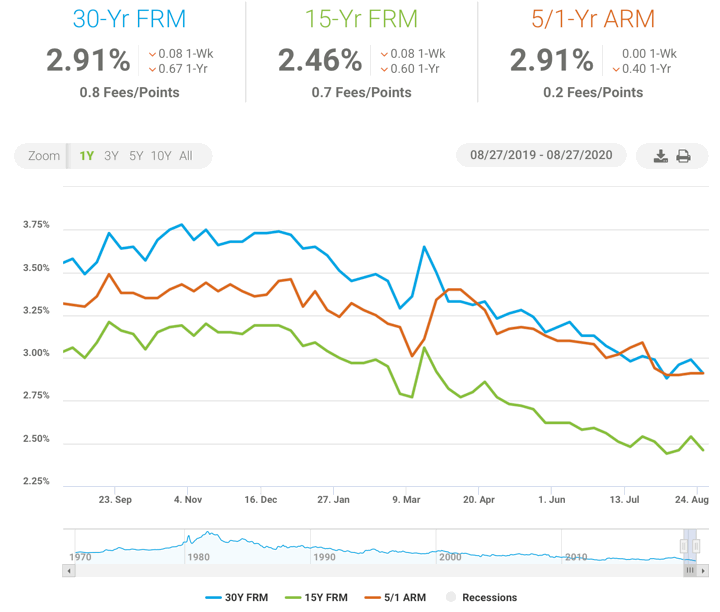

 While not exactly a fun exercise, do you know where you’d turn for some extra cash in an extended emergency? Morningstar has
While not exactly a fun exercise, do you know where you’d turn for some extra cash in an extended emergency? Morningstar has 
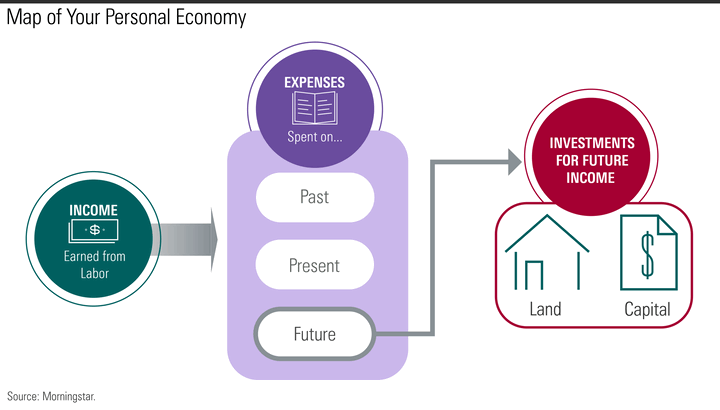
 Apparently, my
Apparently, my 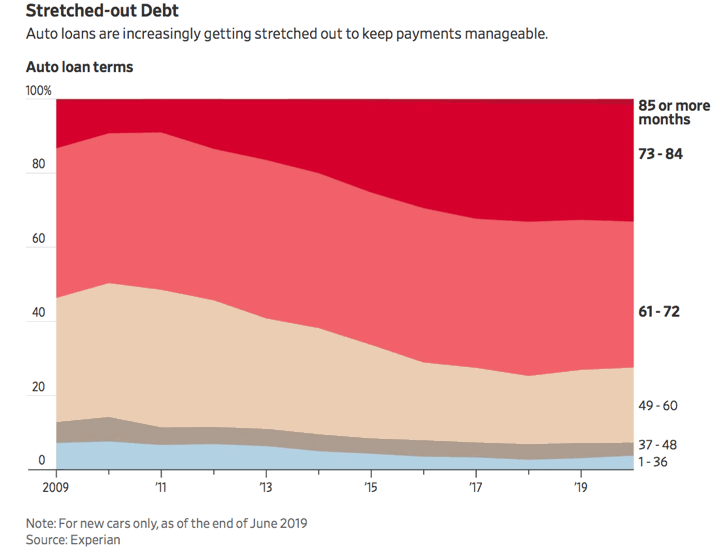
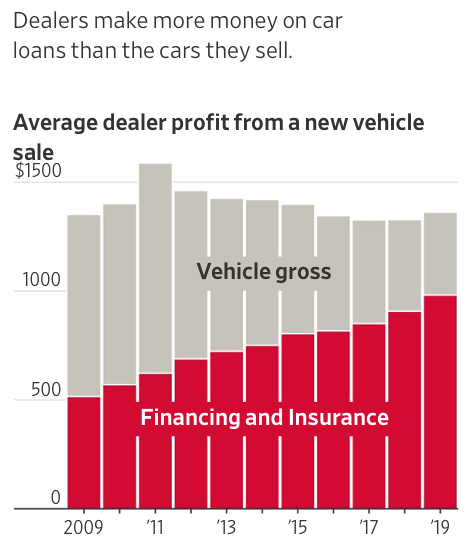
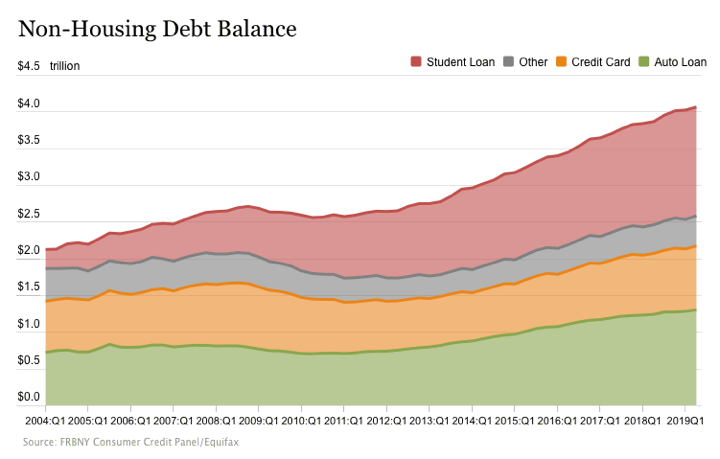
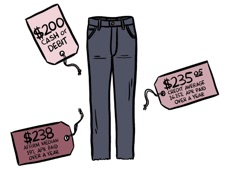 Fintech (financial technology) is supposed to make our lives better. You’ll hear how they want to nudge us to save more, invest better, spread risk, and lower costs. But if you look a little deeper, another thing many want to make easier is debt.
Fintech (financial technology) is supposed to make our lives better. You’ll hear how they want to nudge us to save more, invest better, spread risk, and lower costs. But if you look a little deeper, another thing many want to make easier is debt. 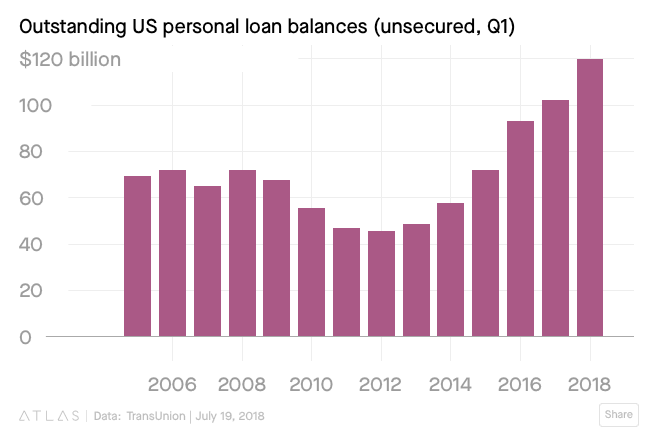
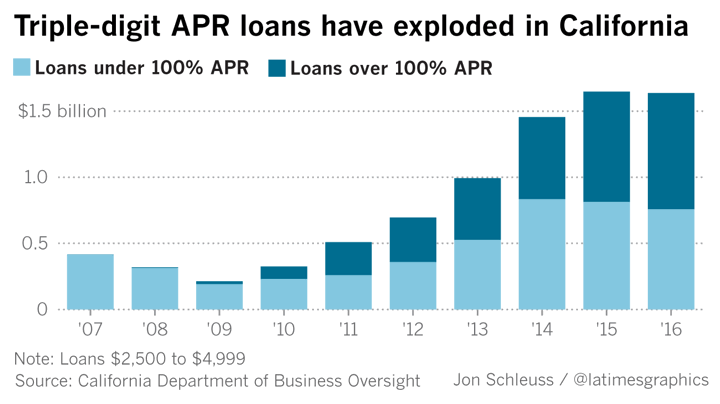
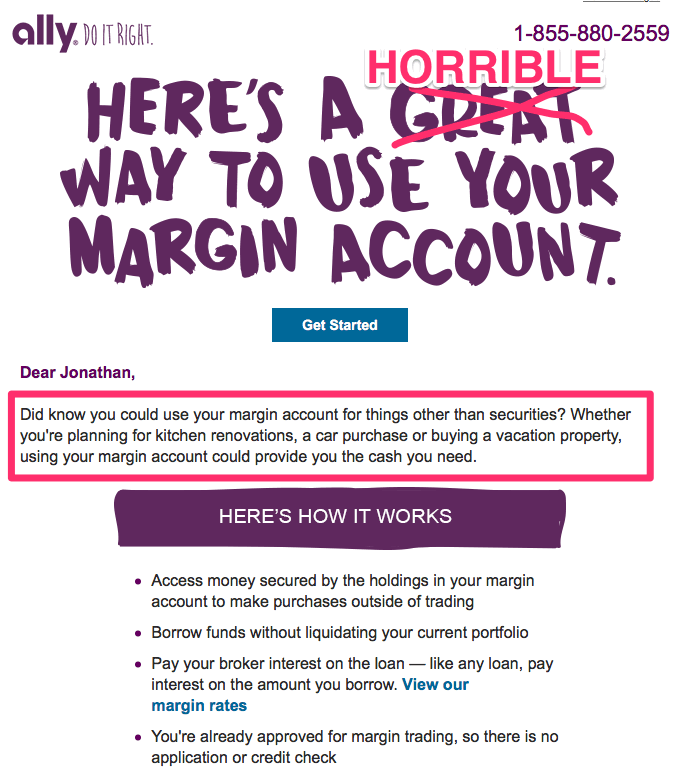
 The Best Credit Card Bonus Offers – March 2024
The Best Credit Card Bonus Offers – March 2024 Big List of Free Stocks from Brokerage Apps
Big List of Free Stocks from Brokerage Apps Best Interest Rates on Cash - March 2024
Best Interest Rates on Cash - March 2024 Free Credit Scores x 3 + Free Credit Monitoring
Free Credit Scores x 3 + Free Credit Monitoring Best No Fee 0% APR Balance Transfer Offers
Best No Fee 0% APR Balance Transfer Offers Little-Known Cellular Data Plans That Can Save Big Money
Little-Known Cellular Data Plans That Can Save Big Money How To Haggle Your Cable or Direct TV Bill
How To Haggle Your Cable or Direct TV Bill Big List of Free Consumer Data Reports (Credit, Rent, Work)
Big List of Free Consumer Data Reports (Credit, Rent, Work)